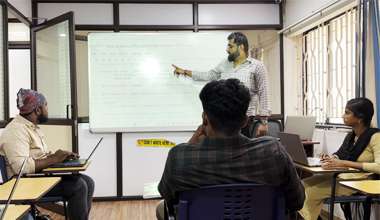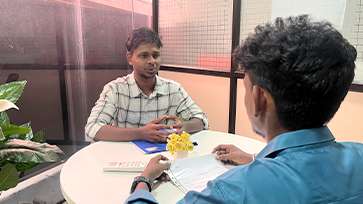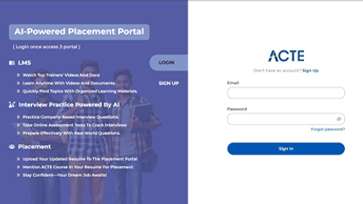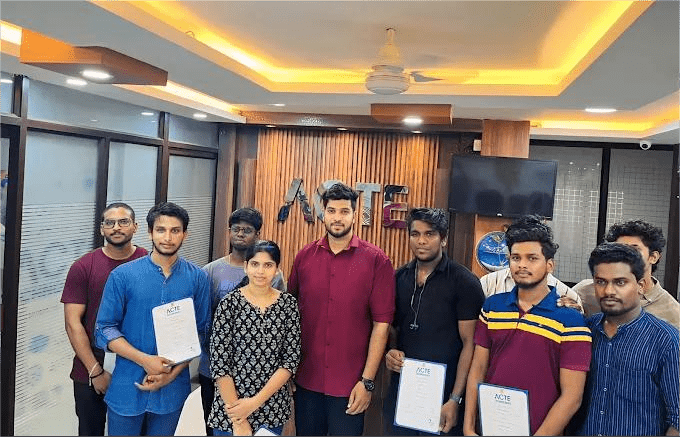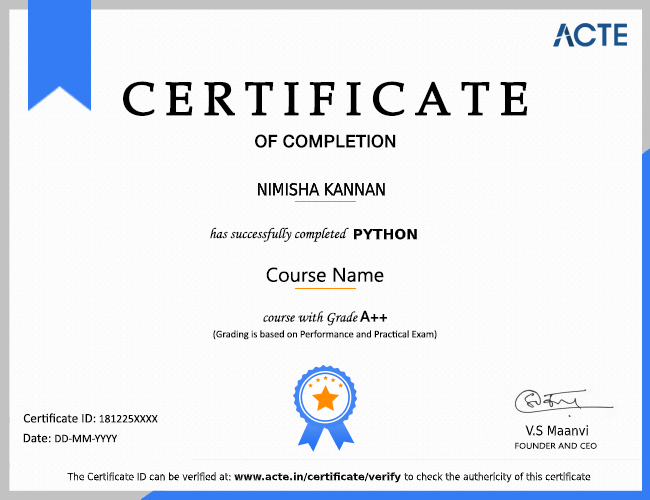1. How would you summarize your experience as a Scrum Master?
Ans:
As a certified Scrum Master, I have guided Agile teams through sprint planning, daily stand-ups, reviews and retrospectives. The role includes removing obstacles, fostering teamwork and ensuring timely delivery of quality product increments. Coaching teams to work efficiently and achieve goals consistently is also a key part of this role.
2. What are the main responsibilities of a Scrum Master at Accenture?
Ans:
At Accenture, a Scrum Master facilitates all Scrum events, supports the Product Owner, and guides the team in following Agile practices. Responsibilities include removing impediments, encouraging collaboration, monitoring team progress and driving continuous improvement to ensure smooth and successful project delivery.
3. Can you give an example where team performance improved?
Ans:
In one project, the team struggled to meet sprint goals consistently. Conducting retrospectives and analyzing bottlenecks highlighted areas for improvement. Providing targeted guidance and Agile training helped the team enhance productivity, collaborate more effectively and reliably deliver valuable product increments.
4. How are conflicts resolved within a Scrum team?
Ans:
Conflicts are managed by fostering open communication and understanding each member’s viewpoint. Constructive discussions and collaborative problem-solving help the team reach consensus. This approach resolves issues efficiently and maintains a positive, productive work environment.
5. Which metrics are used to track a Scrum team’s performance?
Ans:
Key metrics include sprint velocity, burndown charts, lead time, cycle time, defect density and team satisfaction. These indicators help identify delays, monitor progress and support continuous improvement, assure team performs effectively and meets sprint objectives.
6. How are stakeholder expectations balanced while keeping the team focused?
Ans:
Maintaining balance requires transparent communication and regular updates for stakeholders. Aligning sprint goals with business priorities, while clearly communicating team capacity and workload, ensures the team stays focused without compromising stakeholder expectations or delivery commitments.
7. How should daily stand-ups be conducted effectively?
Ans:
Daily stand-ups are brief, focused meetings where team members share what they accomplished, what they plan next and any blockers they face. Encouraging participation from all members and quickly addressing obstacles keeps the meeting efficient and prevents it from turning into a long status update.
8. How are changes managed during a sprint?
Ans:
Changes are reviewed collaboratively with Product Owner and team to assess impact. Critical changes can be incorporated immediately through replanning, while non-urgent requests are added to the Product Backlog for future sprints. This ensures the current sprint stays stable and focused while accommodating necessary updates.
9. How can continuous improvement be promoted within the team?
Ans:
Continuous improvement is promoted through retrospectives, constructive feedback and incremental process changes. Celebrating successes, learning from mistakes and fostering a culture of experimentation help team to grow, improve efficiency and deliver better results over time.
10. How are Scrum practices aligned with Accenture’s business goals?
Ans:
Scrum practices are aligned by make sure each sprint delivers measurable business value. Frequent stakeholder communication and team focus on goals that align with strategic objectives guarantee that Scrum effectively contributes to project outcomes and the overall success of the firm.














